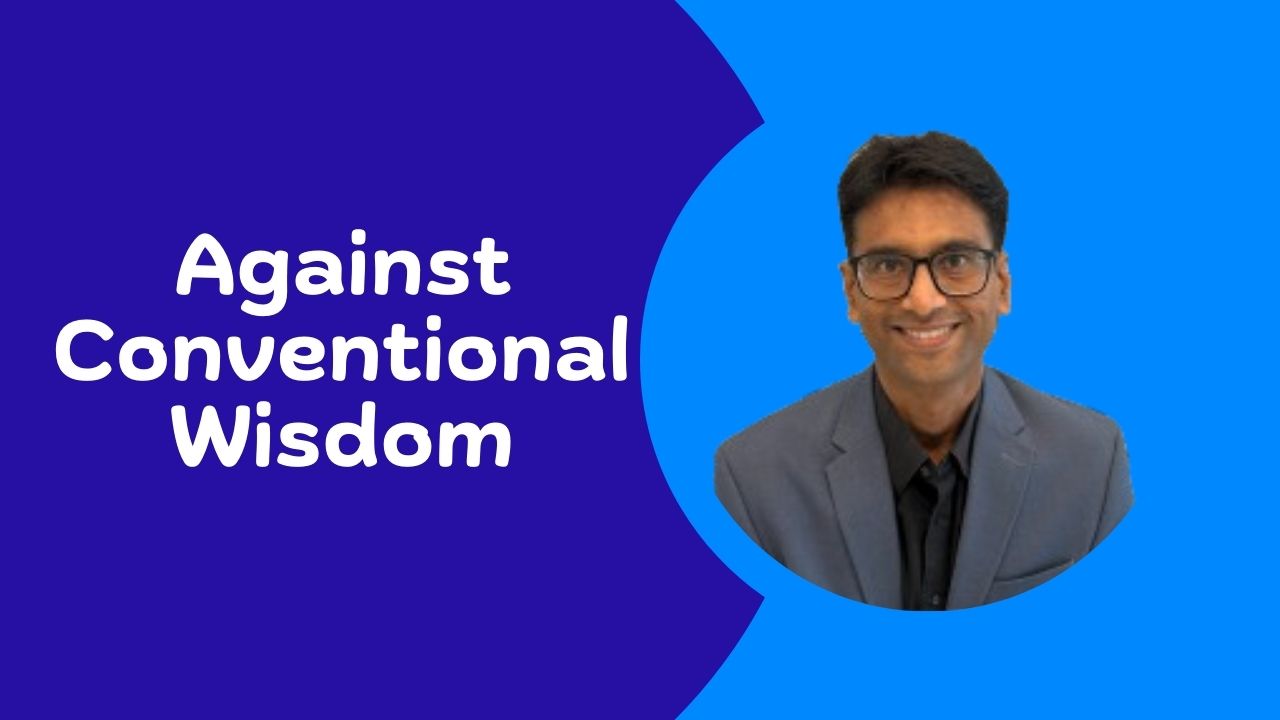Premise:
Earlier today, I watched a keynote presentation delivered by Jonathan Gottschall on the Power of Stories. He made me sit up and think about stories in a new light. You can watch his keynote here.
As leaders, one of the most important tools that we have in our arsenal is the use of stories. We use stories to communicate our ideas, to rally our troops, while leading change and influencing how people show up to and actually do their work. And I think it is important to understand all aspects of the stories that we tell so that we do not inadvertently end up deploying the darker side of stories.
The key insight from this 75 mins presentation by Jonathan is as follows:
Meaning Making:
We are inherently story telling animals. We convert everything that we see into some sort of a story that aligns with our world view. This is evident when he shares the short animation video of geometrical shapes and when asked, everyone (including me) had super-imposed some form of narrative to the random moving geometrical shapes. This is how we operate. We are meaning making (through stories) creatures. This means that we end up superimposing our narrative to everything we experience (nothing new here).
A Hero, A Victim, A Villain and a Problem:
Typical story structures have at least 4 components – a Hero, a villain, a victim and a problem. So, by turning everything into stories, we naturally find and make someone a hero, find and make someone a victim, find and make someone the villain. Our inherent bias determines whom we make out to be the victims and the villains (as we are always the heroes of our stories). As leaders, we need to be aware of this tendency and be conscious of the victims and the villains of our stories, before we use them.
Stories make us susceptible:
The main reason why stories work so well to influence people is because, when we are in the middle of a well told story, we are much more malleable, we are much more open and susceptible to be influenced. So, as they say, with great power comes greater responsibility. So, as leaders and story tellers, it is our responsibility to use the power consciously and with great care and respect.
Stories we tell ourselves:
Last but not the least, we need to be aware of the stories that we tell ourselves – about ourselves, about the world that we live in, about the people we lead and about the situation that we are leading them in. These stories are the most powerful as they define our limits, give wings to our dreams and desires and weigh us down, depending upon the kind of stories. These are also the one’s that have the potential to show us our biases which we can then consciously work on.
Conclusion:
In conclusion, we are surrounded by narratives (stories) all around us. The significant polarisation that we see in our society (and organisations) is due to the excessive narratives that we are exposed to. It is these stories that tend to reinforce stereotypes (heroes, victims and villains), which typically ends up polarising us to the extremes.
All I would say, is that the stories and story telling are like any other tool. They can be used for good or for evil. The usage is dependent on the person who is wielding it. We need to try and be conscious of the stories we tell ourselves and to the people we lead and keep testing them to ensure that the stories have strong basis of truth.


